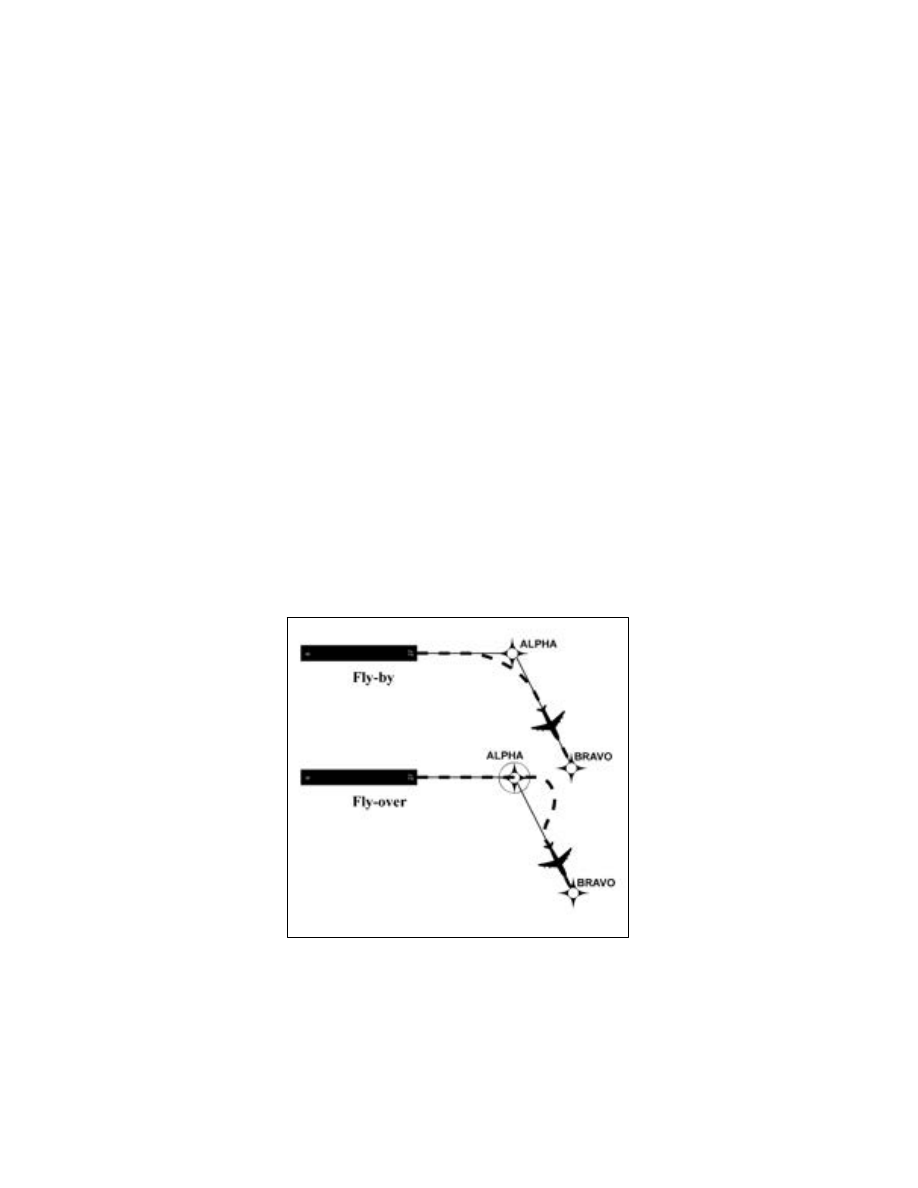
35°
35°
10°
10°
AIM
4/20/23
18
N
M
CAUTION
−
Unless the aircraft’s ILS equipment includes reverse sensing capability, when flying inbound on the back course it is
necessary to steer the aircraft in the direction opposite the needle deflection when making corrections from off
−
course
to on
−
course. This “flying away from the needle” is also required when flying outbound on the front course of the
localizer. Do not use back course signals for approach unless a back course approach procedure is published for that
particular runway and the approach is authorized by ATC.
(b)
From 10 to 35 degrees either side of the course along a radius of 10 NM. (See FIG 1
6.)
(a)
To 10 degrees either side of the course along a radius of 18 NM from the antenna; and
5.
The localizer provides course guidance throughout the descent path to the runway threshold from a
distance of 18 NM from the antenna between an altitude of 1,000 feet above the highest terrain along the course
line and 4,500 feet above the elevation of the antenna site. Proper off
−
course indications are provided throughout
the following angular areas of the operational service volume:
4.
Identification is in International Morse Code and consists of a three
−
letter identifier preceded by the letter
I (
) transmitted on the localizer frequency.
18 NM
Limits of Localizer Coverage
FIG 1
−
1
−
6
10 NM
EXAMPLE
−
I
−
DIA
10
N
M
NORMAL LIMITS OF LOCALIZER
NORMAL LIMITS OF LOCALIZER
COVERAGE: THE SAME AREA
COVERAGE: THE SAME AREA
APPLIES TO A BACK COURSE
APPLIES TO A BACK COURSE
RUNWAY
RUNWAY
LOCALIZER
LOCALIZER
ANTENNA
ANTENNA
WHEN PROVIDED.
WHEN PROVIDED.
6.
Unreliable signals may be received outside of these areas. ATC may clear aircraft on procedures beyond
the service volume when the controller initiates the action or when the pilot requests, and radar monitoring is
provided.
7.
The areas described in paragraph 1
6 represent a Standard Service
Volume (SSV) localizer. All charted procedures with localizer coverage beyond the 18 NM SSV have been
through the approval process for Expanded Service Volume (ESV), and have been validated by flight inspection.
(See FIG 1
7.)
1
−
1
−
12
Navigation Aids